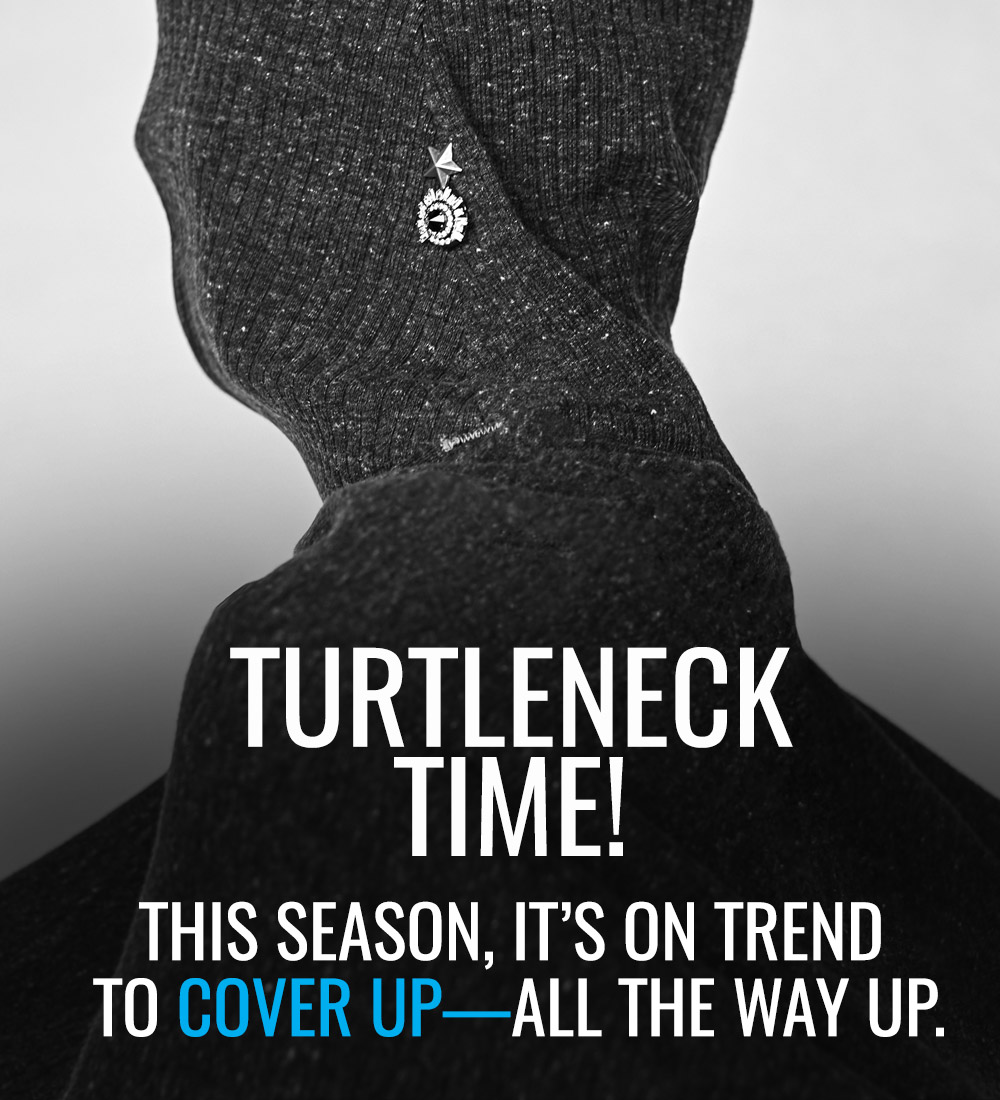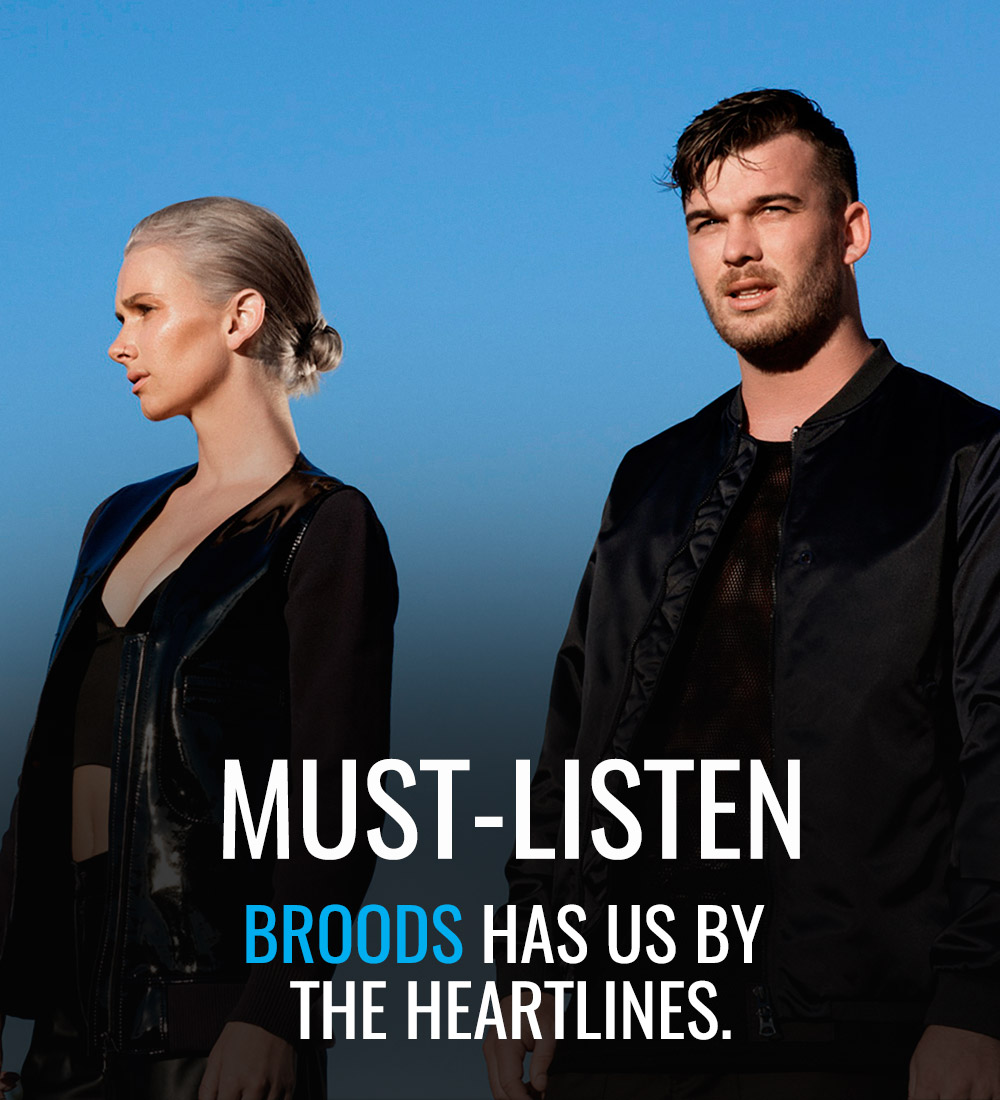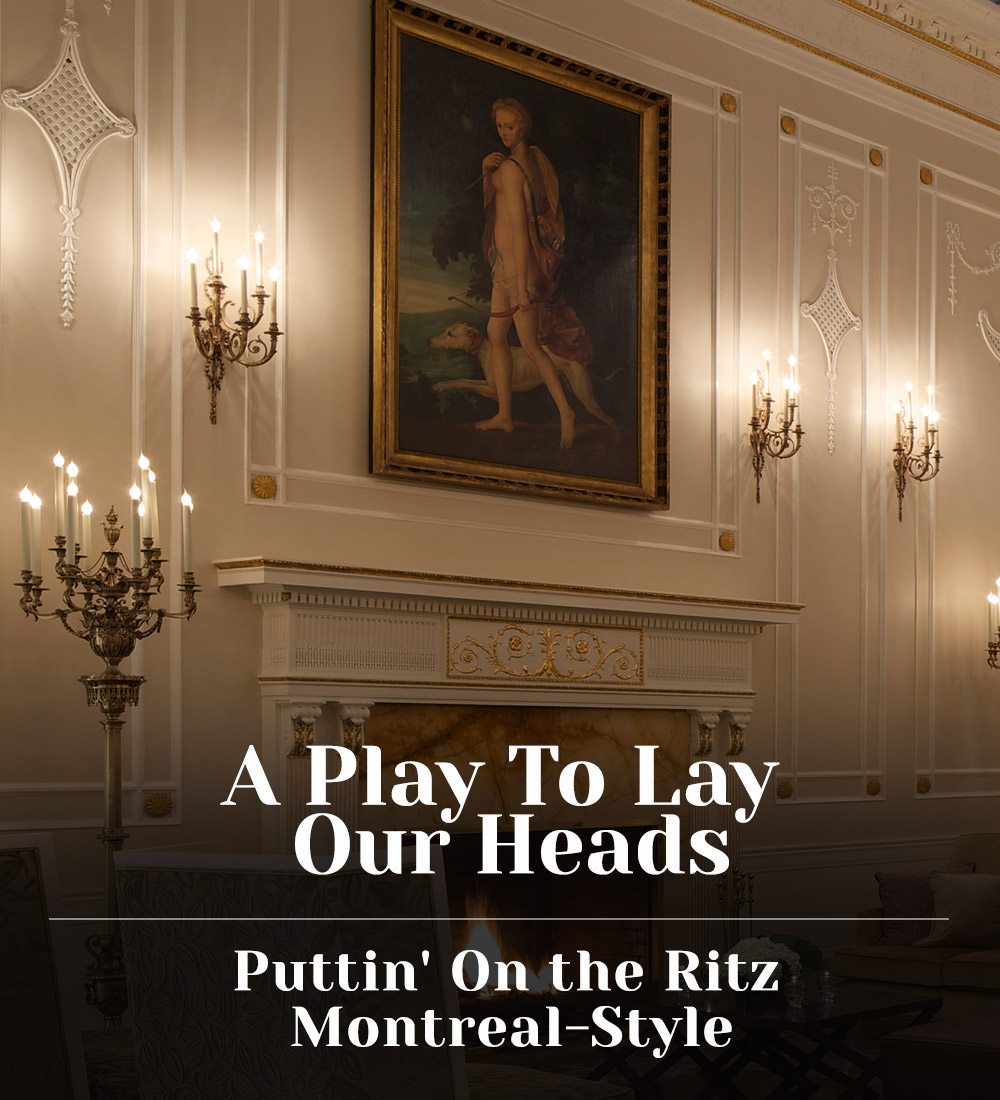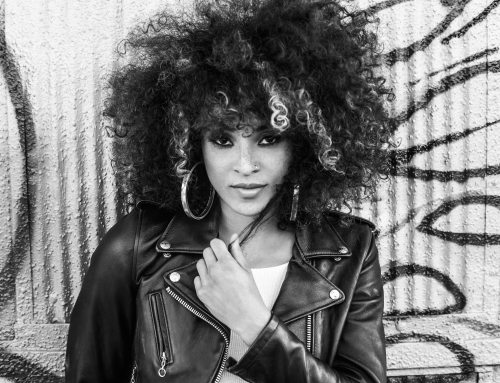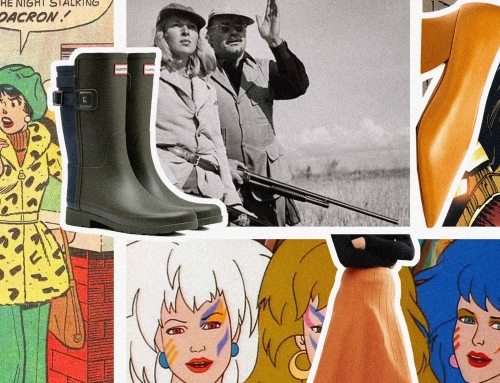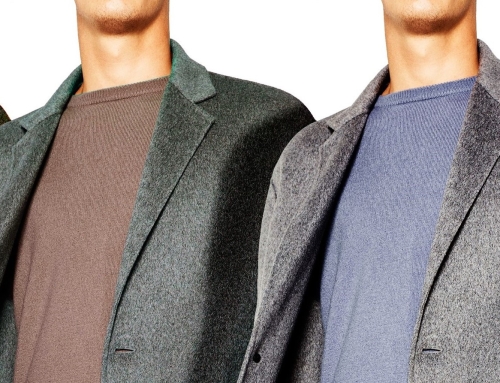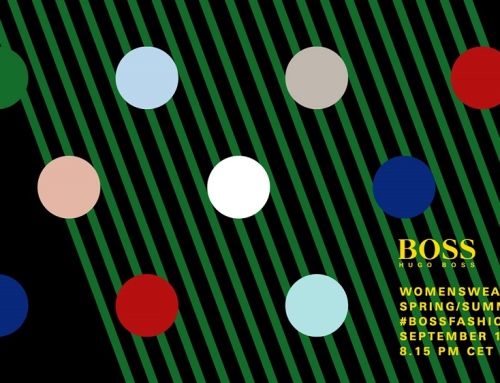The idea of a garment being both interactive and wearable with heightened functionality is a concept that lives more on screen in sci-fi films than in the average person’s closet. The times though, they are a changing, that is if designer Anouk Wipprecht has anything to do with the future of fashion.
Committed to designing clothing’s that surpasses functionality through interacting with their environment and communicating to its wearer, Wipprecht is opening up the way the consumer thinks about fashion, and inviting in a new era of what has been tagged “fashion-tech.”
Take Wipprecht’s signature dress from her Intimacy collection, this unique piece of fashion design reads the heart rate of the wearer with the strips of plastic covering breasts turning transparent as the individual’s heart rate increases. The sudden reveal, if you will, is meant to indicate arousal. Then there’s the designer’s Spider Dress, which actually attacks if someone comes too close, thus protecting the wearer — the phrase “too close for comfort” takes on new meaning when outfitted in this killer ensemble.
It is dresses like these two created by Wipprecht that blur the line between fashion and art with their practicality — as in, can you wear this dress to a cocktail party — comes into question. Still, the technological advancements embodied by these dresses are admirable, and an observer cannot help but dream about the future of fashion whilst admiring them.
Recently, we caught up with Wipprecht to chat about her own dreams of the future of fashion, and from what we gather, this is only the beginning.

So, it’s pretty obvious that the clothing you design is far from boring, and boredom as I read, is actually what inspired your unique design path in the first place; you were looking for something more than the human body to animate your designs. Having created this, do you think your clothing has gone beyond wearable clothing and entered into the realm of art?
I seek to create a “higher connectivity of the senses through the medium of clothing” by investigating the extent to which we experience fashion (emotionally, intellectual and sensual levels) by projecting technology as an extension or prosthetic of the body. Investigating the extent to which we experience fashion both from a physical, as well as psychological angle, the designs responds to us; making it wearable as sensory installations around the body.
Sounds like something of a wearable art installation. That makes me think of your Spider Dress, tell me a bit about the inspiration and technology behind this piece, it’s very intriguing.
The Spider Dress is a robust performative and provocative design that deals with themes of “personal space” and raises questions concerning control and privacy, the sinister robotic Spider Dress is an animatronic piece that responds to external stimuli projected as an human-arachnid hybrid.
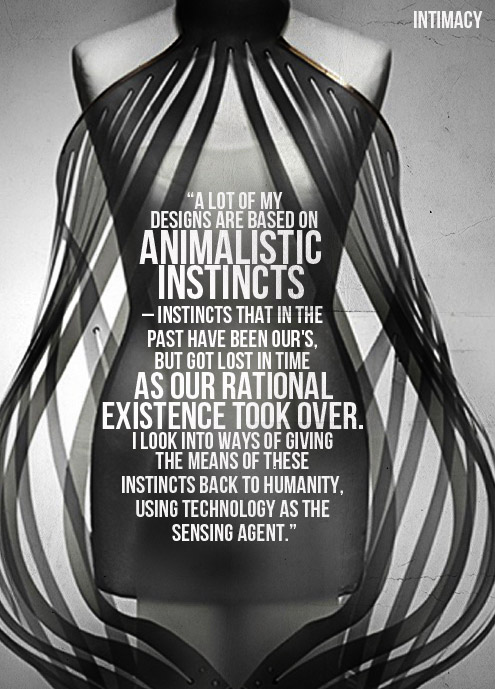
Very sci-fi…
Perched on the wearer’s shoulders are animated robotic limbs that eerily crawl around the body. The robotic dress both incites the curiosity of passersby by coyly dancing around the wearer’s body, while at the same time protecting the wearer if somebody approaches too fast or comes to close. Sensing the approach of the invader, and sensing nearby movement, the unsettling arachnid limbs jerk and twitch. This protects its wearer if anyone comes too close by a series of attack modes.
It’s a lot like armor.
It’s a self-defending mechanism projected as host instrument on the wearers body transforming the space of the body into a stage where the garment becomes the leading actor.
From the sounds of things, you believe that technology can work with fashion to create a new way of communicating. What’s the value of clothing that communicates or acts to protect like your Spider Dress?
I see these pieces as electronics being used as extensions of the body. But also, hosted upon our bodies to generate data from the body and surroundings with a robotic notion — a lot has to do around the topic of personal space and defense systems like [my] Smoke Dress that covers itself in smoke upon sudden approach, or the robotic Spider Dress with mechanic limbs that protects the wearer from coming to close. But also sensual aspects; Intimacy 2.0 consists of smart foils that change in transparency and “flirts” with the audience based on the level of arousal of the model — a system coupled to the heartbeat of the wearer.
It’s very instinctual, isn’t it?
A lot of my designs are based on animalistic instincts — instincts that in the past have been ours but got lost in time as our rational existence took over. I look into ways of giving the means of these instincts back to humanity, using technology as the sensing agent.
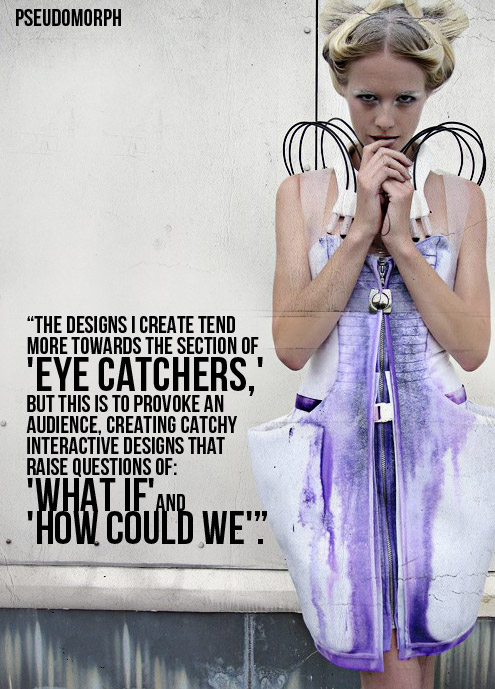
While you call it wearable fashion, when would you realistically wear these designs? Is there a market for them now?
I would love to have a necklace that expresses my length of personal space, or a little device that measures and communicates my means. We are weaving electronics more tightly into the fabric of our physical world. Electronic systems can now be layered seamlessly onto a material or substrate such as plastic or polyester. Embedded processors and sensors for transmitting and receiving information create a vision of cultural transformation that is both exciting and disturbing.
Is this market shaped then by consumer demand, demand for more ways of expressing themselves…literally?
We shape technology, but technology also shapes us. The designs I create tend more towards the section of “eye catchers,” but this is to provoke an audience – creating catchy interactive designs that raise questions of “what if’” and “how could we?” In a future, where electronics are predicted to be embedded in everyday objects, what kind of clothes do you see us all wearing?
That’s a very good question…I think you have the answer to that one. What about “normal” fashion, do you see regular clothing being a form of communication or art?
Fashion is communication, it’s an expression or a medium. Art is the means it conveys.
Any new technologies you plan on incorporating into your next design projects?
I coin most of my future works around the topic of “emotional driven design” and would like to work more on the topic of this field, using wireless bio signals to measure exact states of the human body and mind, and couple this back to my designs. I would like to create artificial intelligence around the body that is both wearable, functional and delightful in aesthetic, in where the body and adapted technology live with each other in a symbiosis.
I’m interested to know how you envision the future of fashion. Can you share a description of how you predict fashion evolving over these next few years?
Future fashion will be monitoring, guiding and expressing our emotions. Not just by “being there” but by “doing something.”
Published May 29, 2013



